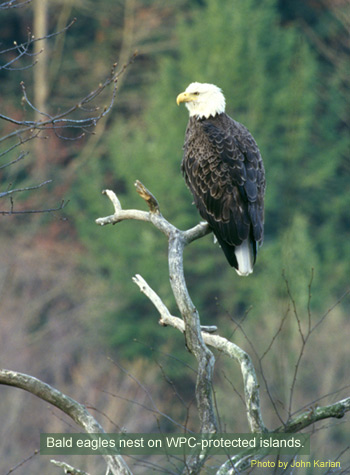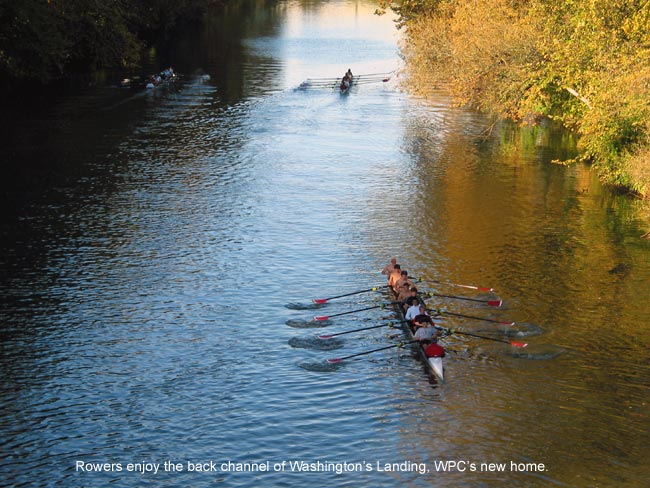|
Conserve |
|
|
The Allegheny River |
| A River in Three Parts |
| Allegheny Islands |
| Life at the Bottom |
| French Creek |
| Little Mahoning Creek |
| Past Issues |
| Home |
Protecting the Islands on the Allegheny
 Unlike its counterpart that shares equal billing in creating the Ohio
River, the Allegheny River is the product of a melted glacier that
flowed eons ago. Islands found throughout the Allegheny were formed from rich, glacial sediment. Conversely, there are no islands on the
Monongahela River, which was formed from mountain drainage to the
south of Pittsburgh. The islands are a primary reason why the Allegheny
River offers a greater diversity of habitats, and better supports aquatic life,
than some other rivers in and south of Pennsylvania.
Unlike its counterpart that shares equal billing in creating the Ohio
River, the Allegheny River is the product of a melted glacier that
flowed eons ago. Islands found throughout the Allegheny were formed from rich, glacial sediment. Conversely, there are no islands on the
Monongahela River, which was formed from mountain drainage to the
south of Pittsburgh. The islands are a primary reason why the Allegheny
River offers a greater diversity of habitats, and better supports aquatic life,
than some other rivers in and south of Pennsylvania.
“These lands are little oases, even in the industrial section of the river,” said Charles Bier, WPC’s senior director for conservation science. ”People come upon them when they’re canoeing. The islands are like little sanctuaries; quiet, more secluded for wildlife and for people who go there to experience them.”
The Allegheny River’s islands need protection, however, because they are vulnerable to damage or erosion. Since the 1970s, WPC has secured 22 islands along the Allegheny, extending from the Siggias Islands near Warren, Pa. to Nine-Mile Island (so named because it is nine miles from Pittsburgh). Seven of these islands that extend 56 miles from Tionesta to Buckaloons Recreation Area have been designated a National Wilderness Area by Congress.
Protection of the islands will enable them to continue supporting rare plants and animals, such as northern riffleshell and clubshell mussels, which have disappeared from 95 percent of the planet. It is both the velocity and diversity of the River’s currents around the islands that support the specific needs of rare fish and mussel species: The river takes its primary course along one side of the island, called the main channel, leaving the placid water of the back channel to provide its own unique aquatic environment.
The land of these islands also provides unique homes for flora and fauna. Bald eagles have nested on WPC-protected islands. Many kinds of water fowl, blue and green herons, turkey buzzards, and a variety of songbirds also benefit from the Allegheny River islands. Old river-bottom trees - willow, sycamore, and silver maple - characterize these relatively undisturbed land masses and create sanctuaries not only for animals but also for people who stop by on canoes or kayaks.

